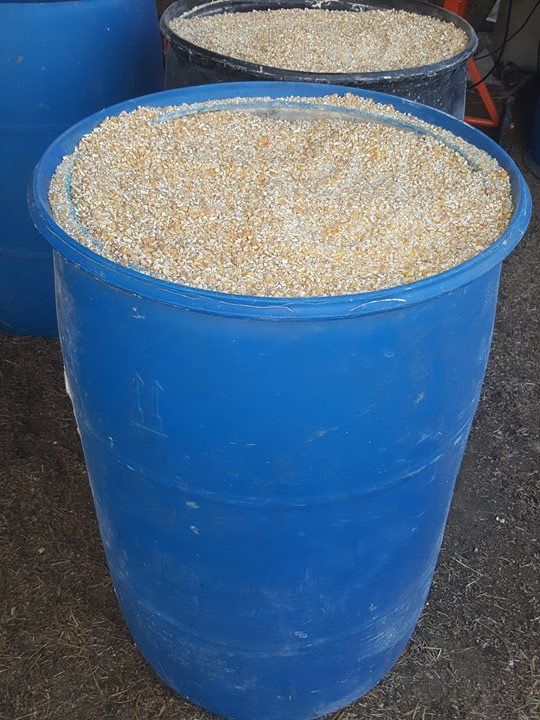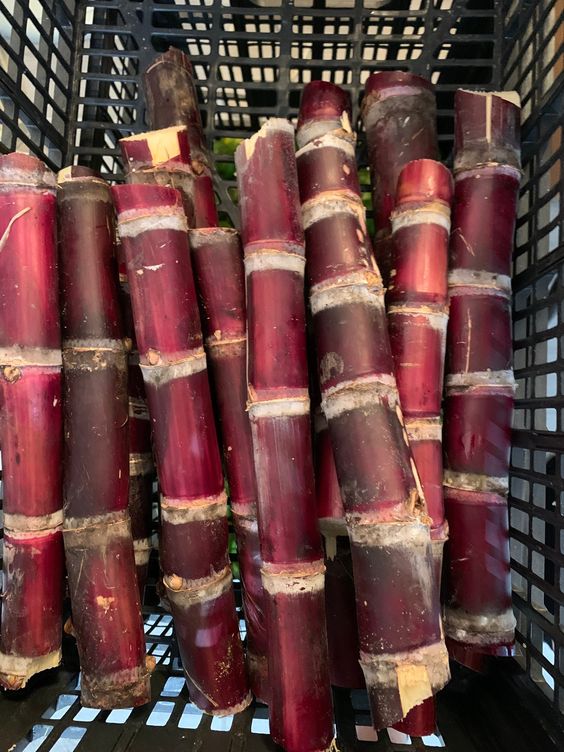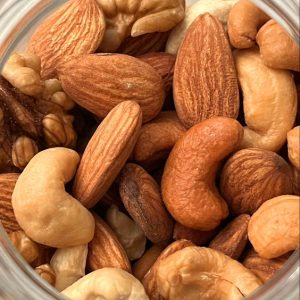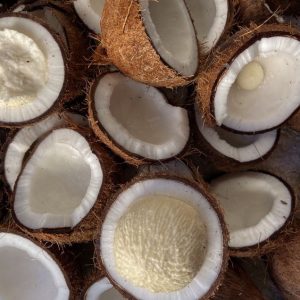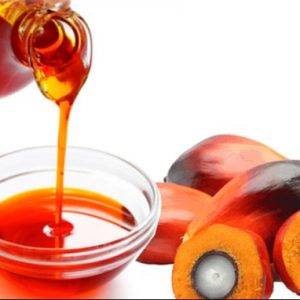Description
Sugarcane Specifications:
- Variety:
- Commercial Varieties: There are various types of sugarcane such as Saccharum officinarum, Saccharum spontaneum, and hybrid varieties depending on the region and yield requirements.
- Color: Varies from green, yellow, reddish, to purple, depending on the variety.
- Size:
- Length: Typically 2 to 4 meters (6.5 to 13 feet) per cane stalk.
- Diameter: 2.5 cm to 6 cm (1 to 2.5 inches).
- Weight: A mature stalk weighs between 1 kg to 2.5 kg (2.2 to 5.5 lbs), depending on the variety.
- Sugar Content (Brix):
- Normal Range: 10% to 20% Brix (higher Brix indicates higher sugar concentration).
- Preferred Range for Milling: 14% to 20% Brix for optimal sugar extraction.
- Purity:
- Purity of juice should be over 85% for premium milling-grade sugarcane.
- Impurities and extraneous materials (such as leaves, roots, or soil) should be minimized in harvested cane.
- Fiber Content:
- The fiber content in sugarcane is generally 10% to 15%.
- Higher fiber content helps in bagasse production (used for fuel and other products), while lower fiber content is preferred for sugar extraction.
- Moisture Content:
- Moisture content in sugarcane is typically around 65% to 75%.
- Higher moisture is preferred as it aids in sugar extraction.
- Maturity:
- Fully mature canes are preferred for higher sugar yields.
- Harvesting time is usually between 12 to 18 months after planting (depending on region and variety).
- Color:
- Internally: White to yellowish.
- Externally: Varies depending on the variety (green, purple, or reddish hues).
- Juice Yield:
- Typically, sugarcane yields 50% to 70% juice by weight.
- Juice clarity: Clear to slightly cloudy, but free from excessive impurities.
- Harvesting Specifications:
- Can be harvested manually or mechanically.
- Cut at the base to ensure the entire cane stalk is collected.
- Avoid leaving significant tops or leaves on the stalks during harvest.
- Pest and Disease-Free:
- The sugarcane should be free from common pests like borers or aphids and diseases such as red rot, smut, and ratoon stunting.
- Any infected or damaged cane should not be included in the batch.
- Packaging:
- Bulk: Sugarcane is usually transported in bundles or stacks.
- Secure bundles using ropes or wires to avoid damage during transportation.
- Weight per bundle: Approximately 25 to 50 kg depending on cane size and customer requirements.
- Uses:
- Primarily used for sugar extraction.
- Secondary uses include juice production, bagasse (for biofuel and paper production), and in animal feed.
- Some varieties are also used for chewing or fresh juice extraction due to softer texture.
- Storage and Shelf Life:
- Sugarcane should be processed or consumed shortly after harvest for maximum sugar content.
- Canes can start to lose sugar content within 24 to 48 hours of harvesting if not properly stored.
- Best stored in cool, shaded conditions to reduce moisture loss.
Export Information:
- Country of Origin: Mainly tropical and subtropical regions (Brazil, India, Thailand, China, and Mexico being the largest producers).
- Export Standards: Must meet the quality requirements and sanitary standards of the importing country.
Harvesting Period:
- Optimal Harvesting Period: Varies with regions and growing conditions but is typically done during the dry season when the sugar concentration is at its peak.
This specification covers sugarcane used for both commercial sugar production and other purposes, ensuring it meets industrial standards.

